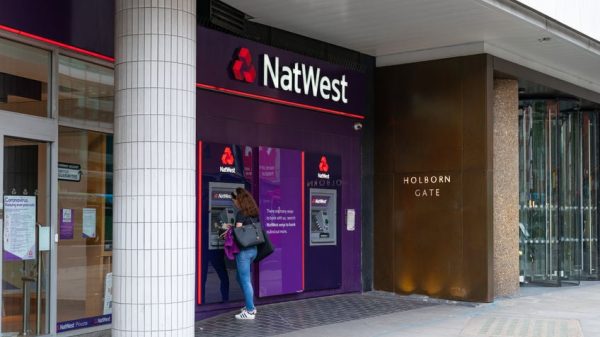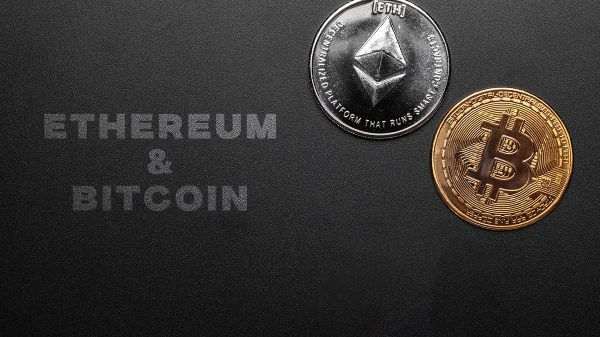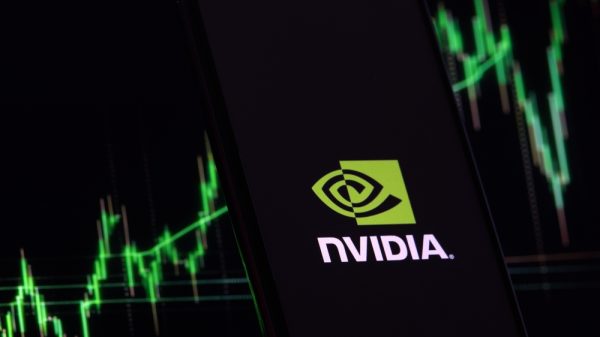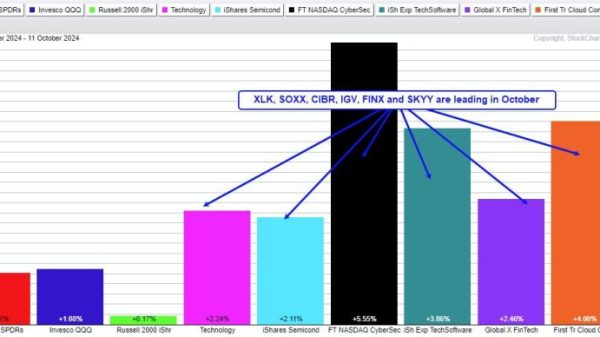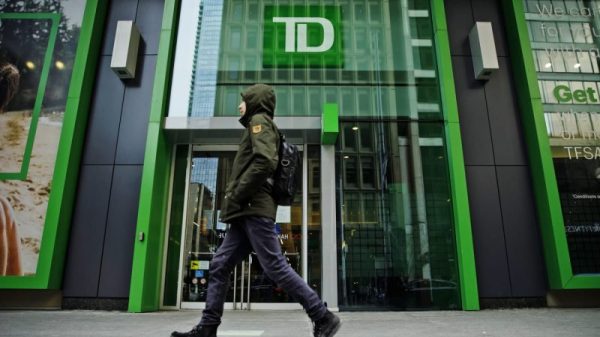
By Samuel Shen, Ankur Banerjee and Tom Westbrook
SHANGHAI/SINGAPORE (Reuters) – China’s highly anticipated announcement of financial stimulus plans on Saturday was big on intent but low on the measurable details that investors need to ratify their recent return to the world’s second-biggest stock market.
Saturday’s news conference by Finance Minister Lan Foan reiterated Beijing’s broad plans to revive the ailing economy, with promises made on significant increases to government debt and support for consumers and the property sector.
But for investors who were hoping to hear authorities spell out exactly how much the government will throw at the crisis, the briefing was disappointing.
“The strength of the announced fiscal stimulus plan is weaker than expected. There’s no timetable, no amount, no details of how the money will be spent,” said Huang Yan, investment manager at private fund company Shanghai QiuYang Capital Co in Shanghai.
Huang had hoped for more stimulus to boost consumption. Market analysts had been looking for a spending package between 2 trillion yuan to 10 trillion yuan ($283 billion to $1.4 trillion).
Reuters reported last month that China plans to issue special sovereign bonds worth about 2 trillion yuan this year as part of fresh fiscal stimulus. Bloomberg News reported China is considering the injection up to 1 trillion yuan of capital into its biggest state banks. Lan’s press conference did not give any specifics.
In the three weeks since the People’s Bank of China (PBOC) kicked off China’s most aggressive stimulus measures since the pandemic, the CSI300 Index has broken records for daily moves and is up 16% overall. Stocks have grown wobbly in recent sessions, though, as initial enthusiasm gave way to concerns about whether the policy support would be big enough to revive growth.
“If that’s what we have in terms of fiscal policies, the stock market bull run could run out of steam,” Huang said, referring to comments at Saturday’s press conference.
Heading into the briefing, some investors had braced for the finance minister to withhold actual spending details until China’s rubber-stamp parliament meets later this month.
Equally, investors also worried that mere interest rate cuts, which the PBOC has already announced, and a reluctance by the central government to spend will imperil the odds the world’s second-largest economy can hit its 5% growth target.
“Investors will need to be patient,” said HSBC’s chief Asia economist Fred Neumann, noting concrete numbers could come only by the end of this month when the standing committee of the National People’s Congress reviews and votes on specific proposals.
Jason Bedford, former China analyst at Bridgewater and UBS, pointed to Lan’s pledge to recapitalise big state banks as indicating authorities expect to see a revival in demand for credit.
“But the only way the economy needs more credit is if you create credit demand which can only be done if you provide fiscal (support).”
HOW MUCH?
Investors have good reason to be circumspect about how much Beijing will spend. The slump in consumer confidence and the property sector is a by-product of the years-long drive by the Communist Party leadership to reduce debt and root out corruption.
Yet, the hope that authorities are serious to fix those issues has driven foreign investors and domestic retail money into stocks. The PBOC’s 500-billion-yuan swap facility to channel more cash into the stock market has helped.
The Shanghai Composite index is up 12% since the measures were first announced on Sept. 24, but property and tourism stocks are still dragging in a sign of some doubts around the extent of state support.
Global commodity markets from iron ore to other industrial metals and oil have also been volatile on hopes stimulus will stoke its sluggish demand.
“Potentially some event money might be disappointed and remove some bets on the headline numbers not meeting high expectations but the more important capital flows might be encouraged by continuing efforts to stabilise the economy and keep growth at appropriate levels,” said Matthew Haupt, portfolio manager at Wilson Asset Management in Sydney.
According to LSEG Lipper data, overseas China funds received a net $13.91 billion since Sept. 24, pumping up inflows so far in 2024 to $54.34 billion. Much of that money has gone into exchange-traded funds (ETFs), while mutual funds are still reporting net outflows of $11.77 billion for the year.
Bedford is hopeful of a revival in retail interest sustaining the stock market rally.
“We have a perfect storm of four factors at play,” he said, citing pent-up household savings and a lack of attractive alternatives to the stock market, an alignment of corporate and shareholder interests driving up buybacks and dividends, and central bank programmes offering leverage to corporates and institutions to invest in the stock market.
“A sustained rally driven by the China household has the foundations for success … we are early in this process and the risk is the possibility of flawed execution or not communicating things well. The structural story remains compelling though.”
($1 = 7.0666 Chinese yuan renminbi)



